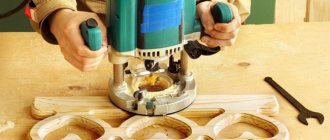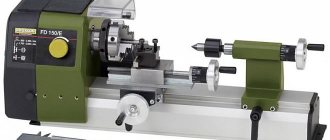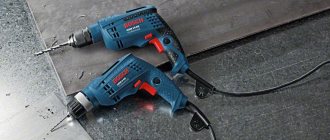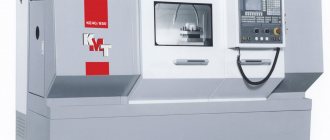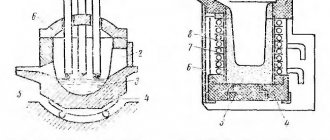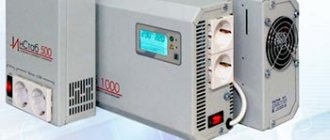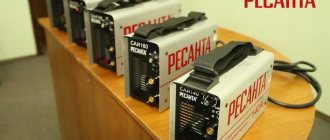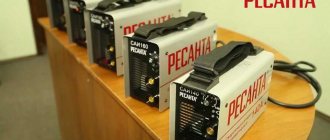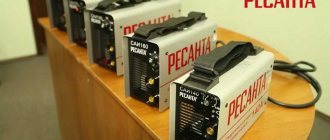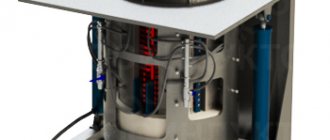Foundry allows you to produce various parts and mechanisms, objects and things. However, in order to turn a charge or rod into an alloy, specialized foundry equipment is needed; it is with its help that metal products can be made.
Modern installations and machines help to minimize human labor; almost all of them can be automated and robotized, which greatly simplifies and speeds up production processes.
Let's take a closer look at what foundry equipment is used these days and how it helps set up complex, highly specialized technological processes.
Types of furnaces for producing ingots from scrap metal
Of the variety of melting units intended for melting scrap metal, two types find the greatest practical application: electric arc furnaces and electroslag remelting furnaces. The former are more suitable for industries with a relatively small turnover, the latter - more productive and allowing automation of the smelting process - are installed at large enterprises.
Each of these types of melting equipment has its own advantages and disadvantages. For example, arc furnaces are characterized by higher efficiency and the ability to melt different types of steel in the same unit. In turn, in electroslag remelting furnaces, metal is obtained of higher quality. For example, in ingots obtained by this method there is no gas porosity, and the final metal comes out much cleaner, which helps to increase demand for it. Unlike electric arc furnaces, electroslag remelting furnaces can also be ordered at non-specialized metalworking industries.
Both types of equipment are equally suitable for producing not only ferrous, but also non-ferrous metals. The advantage of arc furnaces is that the construction of such furnaces will require significantly smaller areas.

